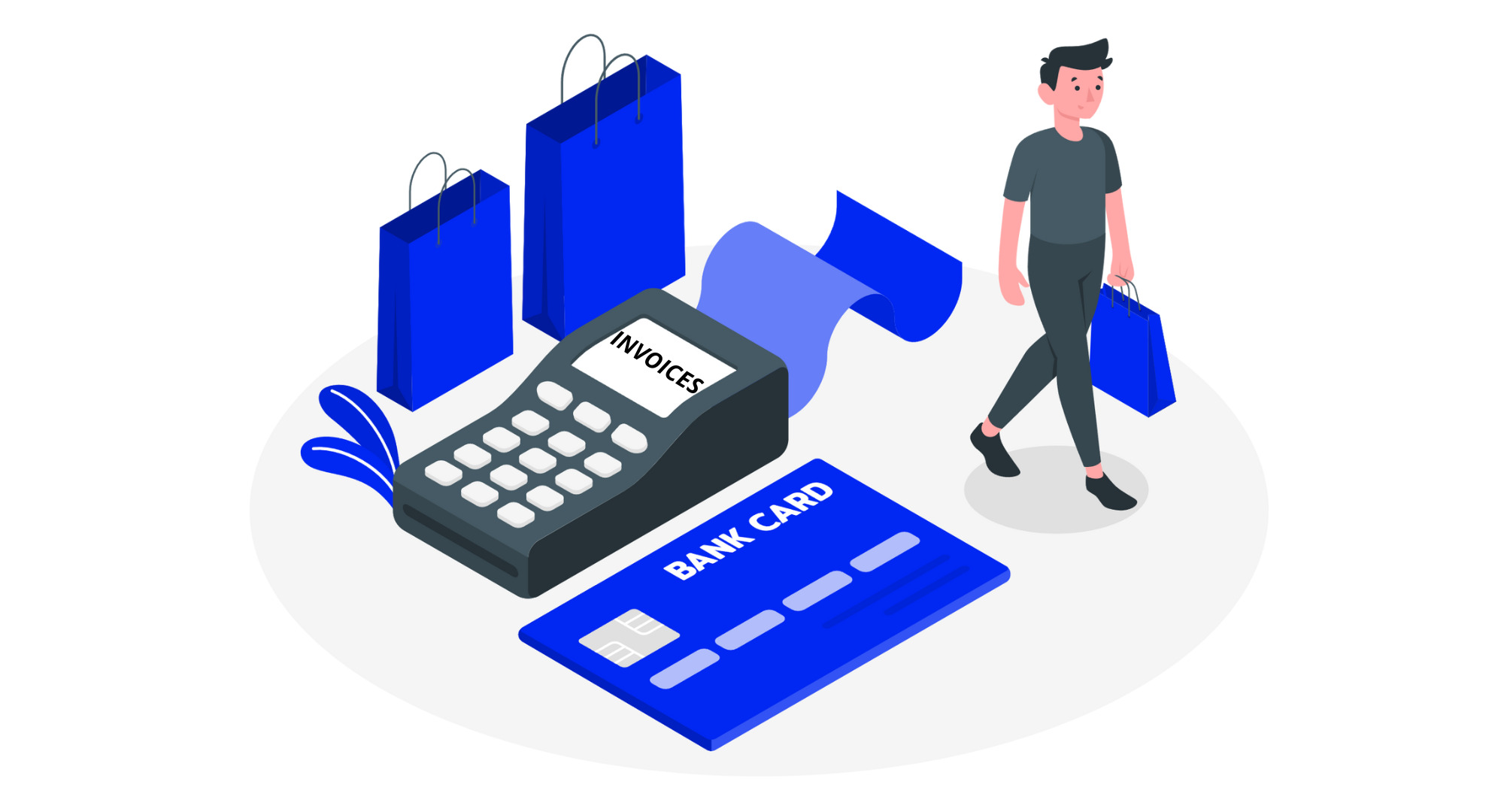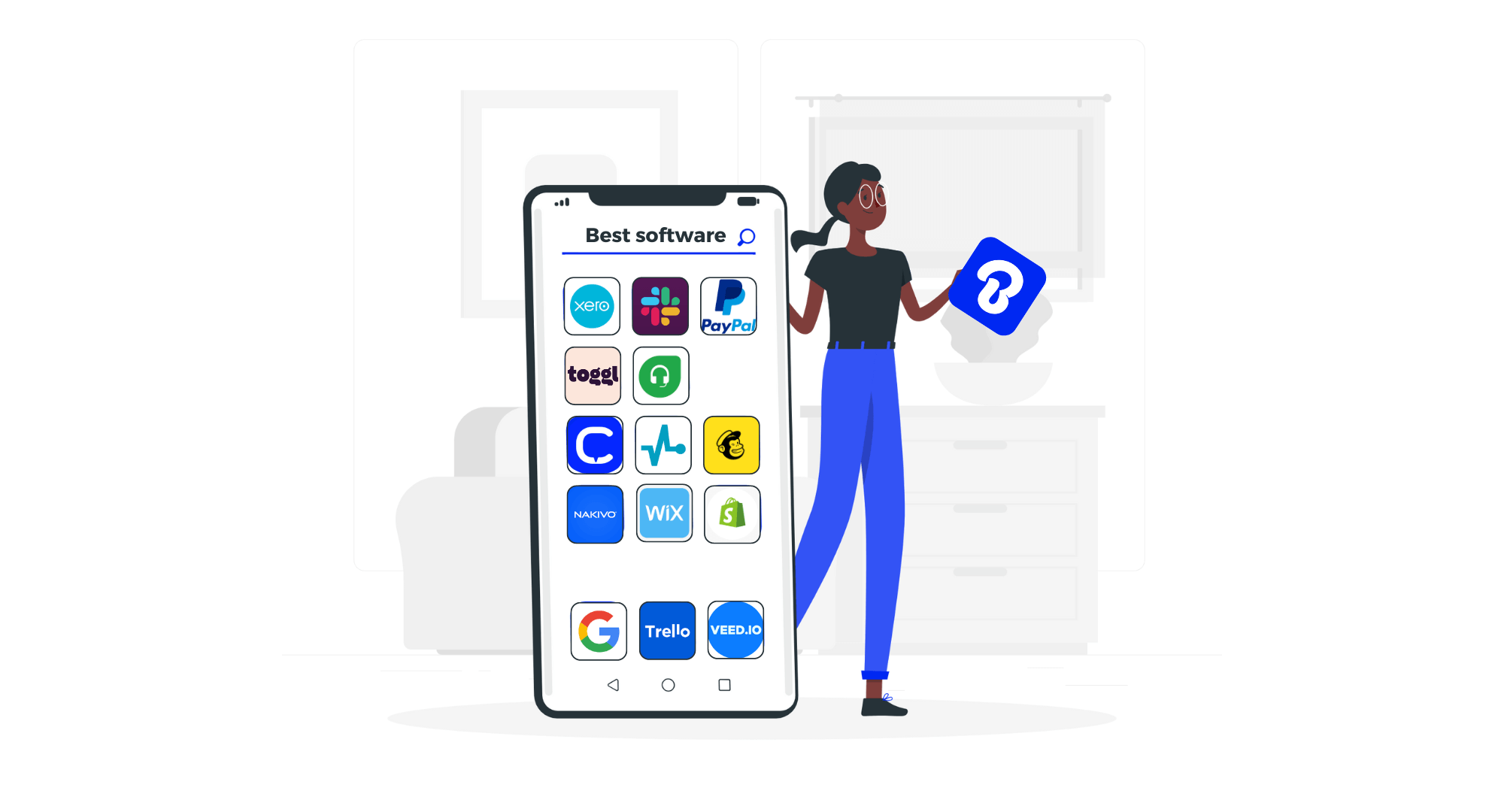
August 16, 2024

Electronic Invoice: The Ultimate Time-Saver

DAVID FAČKO
9 min
·
August 16, 2024
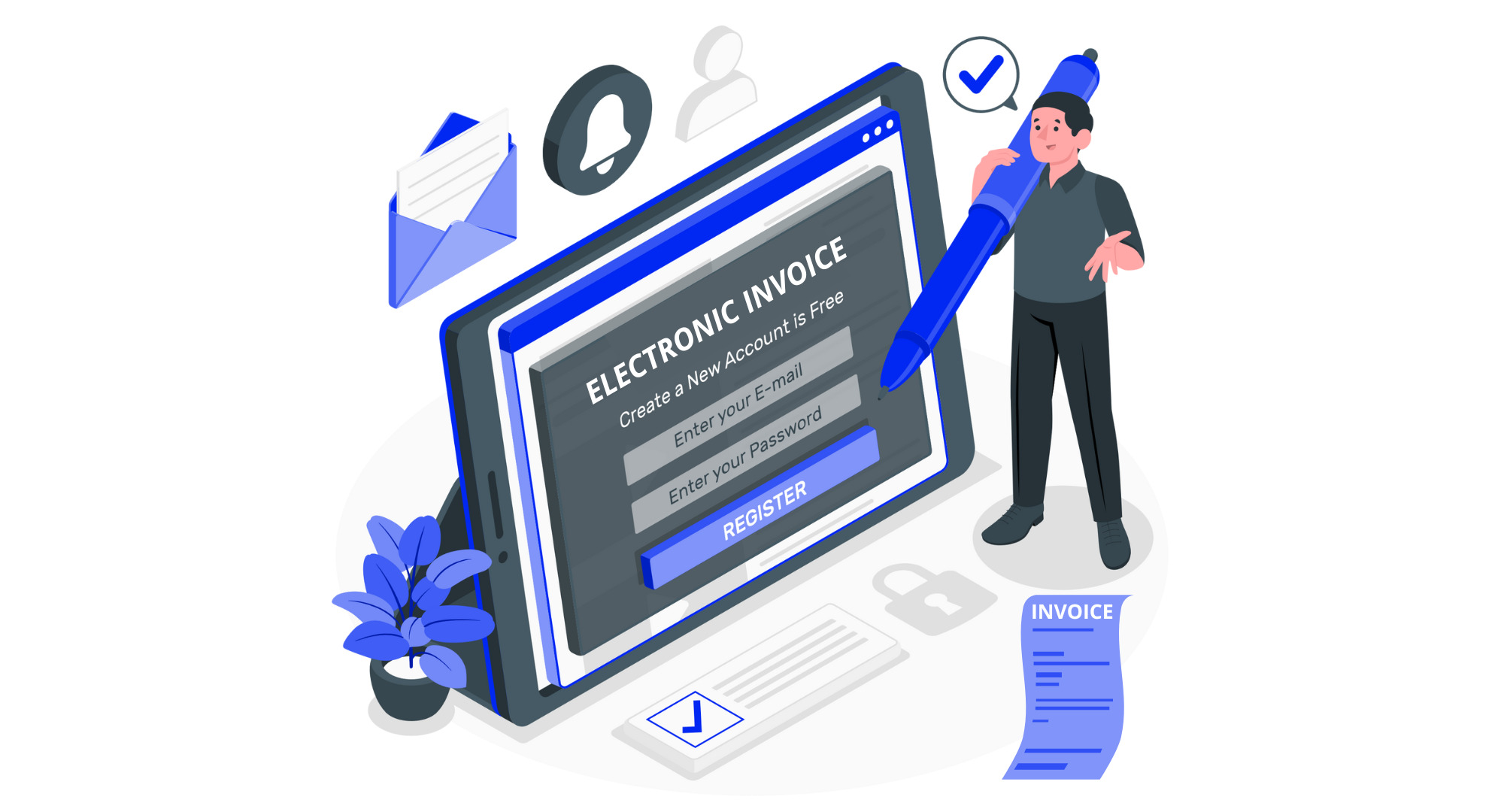
Tags
Related posts

March 30, 2025

March 25, 2025
What You Need to Know Before Hiring an Independent Contractor
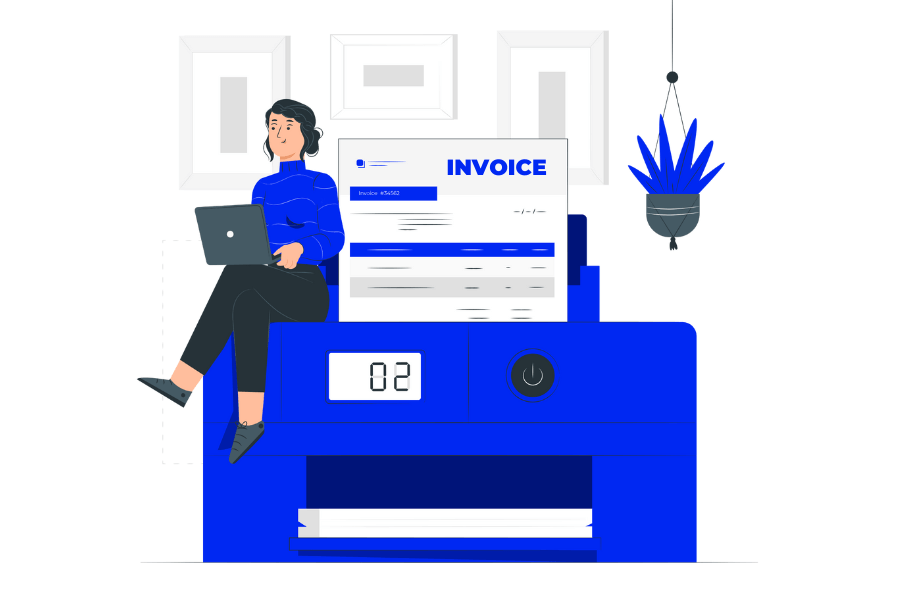
March 20, 2025
What Does a Professional Invoice Look Like in 2025
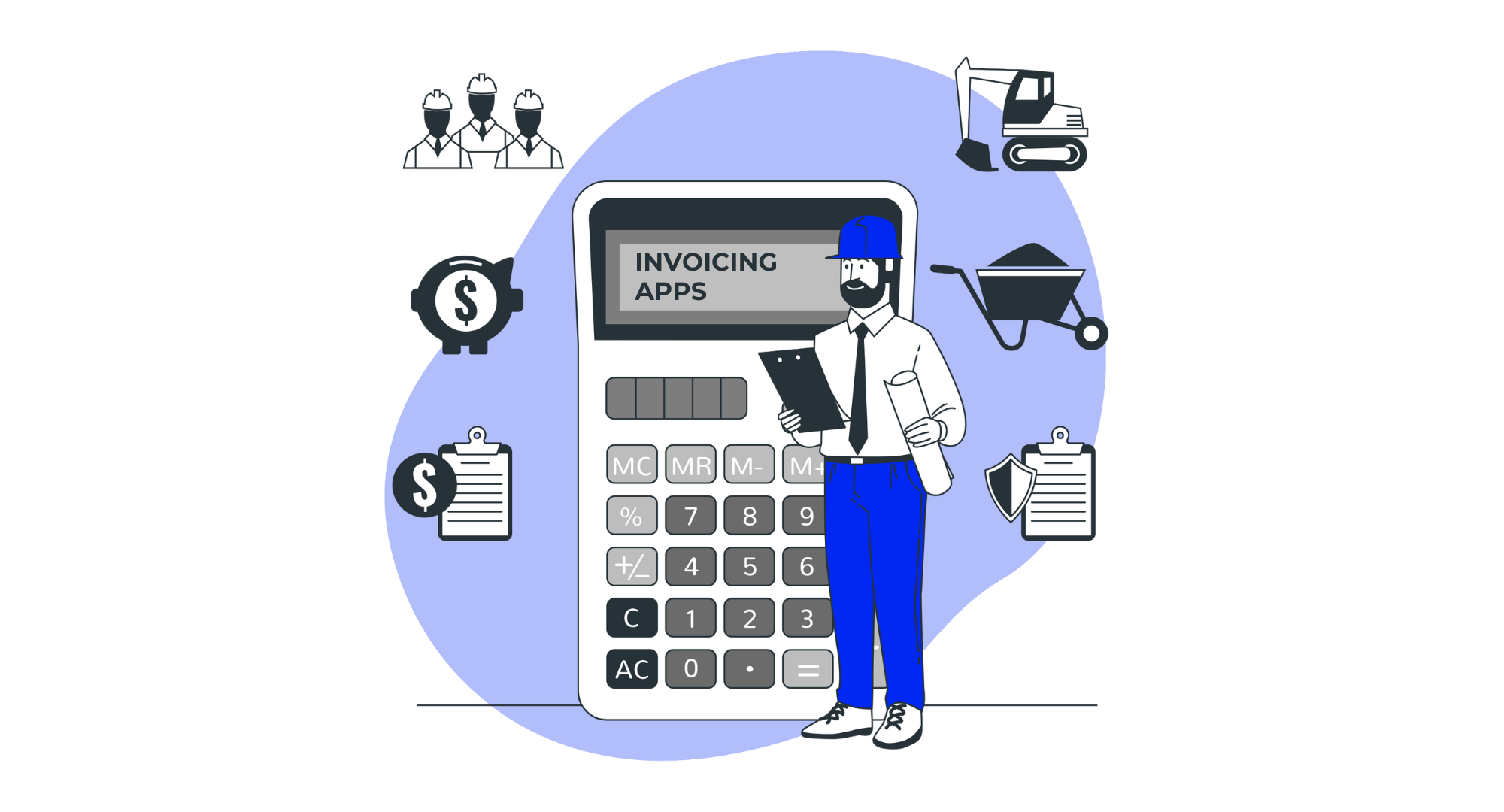
March 20, 2025
7 Top Invoicing Apps for Australian Tradies in 2025

March 20, 2025
How to Start a Used Car Dealership in 2025

March 17, 2025

